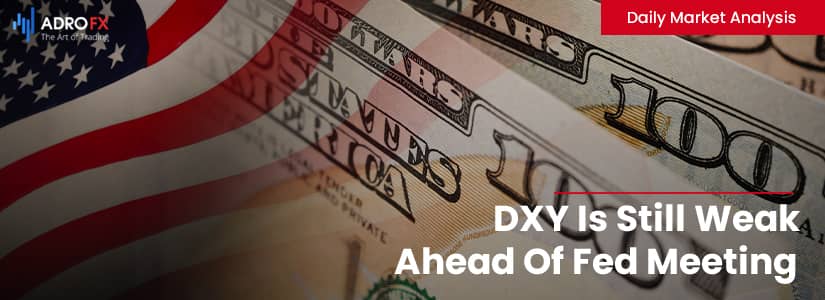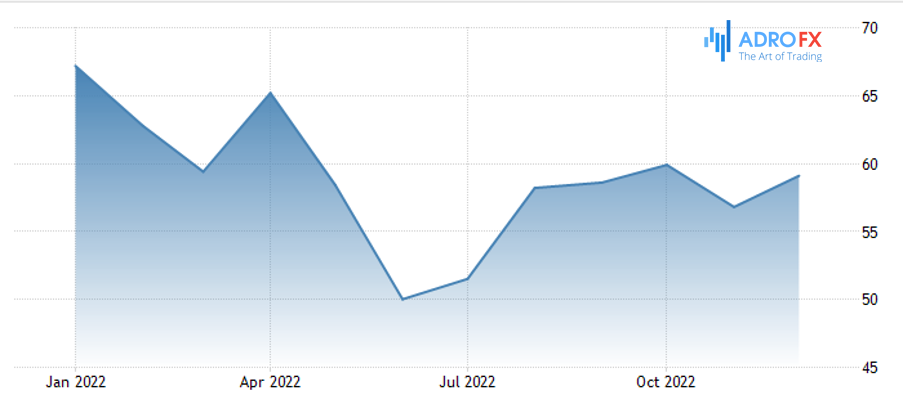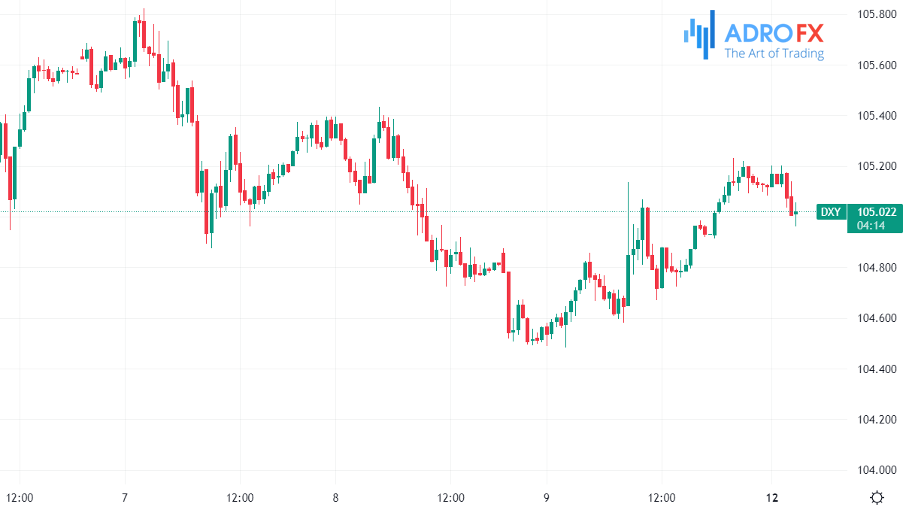DXY Is Still Weak Ahead Of Fed Meeting | Daily Market Analysis

Key events:
- Eurozone – ECB's Supervisory Board Member Jochnick Speaks
- UK – NIESR Monthly GDP Tracker
- USA – Federal Budget Balance (Nov)
- Canada – BoC Gov Macklem Speaks
The U.S. market has been under pressure all last week ahead of the Fed meeting, and due to the release of PPI and U.S. Consumer Sentiment Index data from the University of Michigan. Thus, the report on industrial inflation in November came better than the consensus (+0.3 m/m, the consensus was expected to be +0.2%), and a similar situation was with the Consumer Sentiment Index, which was better than expected (59.1 pt., the consensus was at 56 points). Strong statistical data had a negative impact, as the Fed has more factors to maintain its tight policy, as despite the rate hikes the U.S. economy is still coping with it.

At the end of last week, the dollar index showed a gain of 0.39% after a 2% slump over the previous two weeks. By Friday's close, the DXY was at 104.9p.

The dollar index was mostly consolidated last week, as foreign exchange market participants are not eager to outweigh their portfolios in expectation of the U.S. Federal Reserve's meeting on December 13-14. According to its results, the regulator will announce its decision on the key rate and update its macroeconomic forecasts. Reportedly, almost 80% of experts expect the regulator to slow down the rate hike from 75 to 50 basis points amid strong macro statistics.
Over the past week, the dollar managed to halt its decline and even rebounded slightly after stronger-than-expected U.S. economic data reinforced fears that inflation could persist longer than previously anticipated.
Strong data on factory orders and the services sector, combined with signs of an active labor market, have heightened concerns about rising inflation in the U.S. For example, the Institute for Supply Management (ISM) reported that its non-manufacturing PMI rose to 56.5p last month, up from 54.4p in October, indicating that the services sector, which accounts for more than two-thirds of U.S. economic activity, remains resilient in the face of rising interest rates. A similar service sector index from S&P Global for November showed a result of 46.2 p. versus 47.8 p. and a preliminary forecast of 46.1 p.

The U.S. industrial orders data was also released last week, rising 1% (m/m) in October versus a 0.3% (m/m) increase in September and a 0.7% (m/m) growth forecast. U.S. producer prices (PPI) in November rose 7.4% YoY and 0.3% against October. The first indicator was forecasted to grow by 7.2%, and the second - was by 0.2%. The YoY increase in prices was the lowest since last May. According to the Labor Department of the USA, the number of Americans who applied for unemployment benefits for the first time last week increased by 4 thousand up to 230 thousand people. A week earlier this indicator was 226 thousand. On average, it was forecasted to rise to 230 thousand from the previously announced level.
Moreover, over the past week, the Fed reduced its government bond portfolio by $1.5 billion, with a four-week reduction of $61 billion. The Fed's portfolio now stands at $8.633 trillion, 382 billion lower than it was at the high of the year ($9.015 trillion).
This week the focus is on Wednesday's Fed meeting and Thursday's ECB meeting. Markets are expecting regulators to raise rates by 50 bps, as well as US CPI data to be released on Tuesday. In monthly terms, the consensus expects CPI to remain unchanged at +0.3% m/m, while it will rise by 7.3% versus last year (a year earlier +7.7%).










